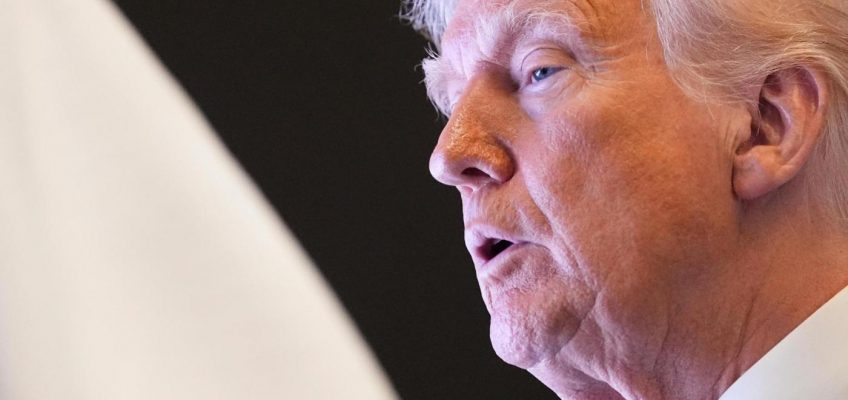WASHINGTON (AP) — President Donald Trump’s administration on Friday asked the Supreme Court to allow him to resume his downsizing of the federal workforce, while a lawsuit filed by labor unions and cities proceeds.
Related Articles
Trump suspends asylum system, leaving immigrants to face an uncertain future
Trump’s Mideast trip splashes out on deals and diplomacy but is quiet on human rights
Opulence, business deals and a $400M plane from Qatar: Takeaways from Trump’s Mideast tour
Harvard researcher charged with trying to smuggle frog embryos to be transferred to Massachusetts
Egg prices finally dropped, but the cost of beef hit a record high last month. Here’s how everyday prices are changing under Trump.
The Justice Department is challenging an order issued last week by a federal judge in San Francisco that temporarily halted Trump’s efforts to shrink a federal government he calls bloated and expensive.
U.S. District Judge Susan Illston’s temporary restraining order questioned whether Trump’s Republican administration was acting lawfully in trying to pare the federal workforce.
Illston, an appointee of Democratic President Bill Clinton, directed numerous federal agencies to stop acting on Trump’s workforce executive order signed in February and a subsequent memo issued by the Department of Government Efficiency and the Office of Personnel Management.
Solicitor General D. John Sauer asked the court to quickly put the ruling on hold, telling the justices that Illston overstepped her authority.
Illston’s order expires next week, unless extended.
The case is the latest in a string of emergency appeals the Trump administration has made to the Supreme Court, including some related to firings. The administration separately has filed an emergency appeal with the 9th U.S. Circuit Court of Appeals in San Francisco, which has yet to act.
Tens of thousands of federal workers have been fired, have left their jobs via deferred resignation programs or have been placed on leave as a result of Trump’s government-shrinking efforts. There is no official figure for the job cuts, but at least 75,000 federal employees took deferred resignation, and thousands of probationary workers have already been let go.
In her order, Illston gave several examples to show the impact of the downsizing. One union that represents federal workers who research health hazards faced by mine workers said it was poised to lose 221 of 222 workers in the Pittsburgh office; a Vermont farmer didn’t receive a timely inspection on his property to receive disaster aid after flooding and missed an important planting window; a reduction in Social Security Administration workers has led to longer wait times for recipients.
Among the agencies affected by the temporary restraining order are the departments of Agriculture, Energy, Labor, the Interior, State, the Treasury and Veterans Affairs. It also applies to the National Science Foundation, Small Business Association, Social Security Administration and Environmental Protection Agency.
Plaintiffs include the cities of San Francisco, Chicago and Baltimore; the labor group American Federation of Government Employees; and the nonprofit groups Alliance for Retired Americans, Center for Taxpayer Rights and Coalition to Protect America’s National Parks.
Some of the labor unions and nonprofit groups are also plaintiffs in another lawsuit before a San Francisco judge challenging the mass firings of probationary workers. In that case, Judge William Alsup ordered the government in March to reinstate those workers, but the U.S. Supreme Court later blocked his order.


Leave a Reply